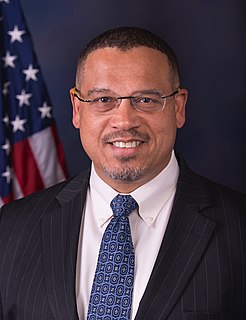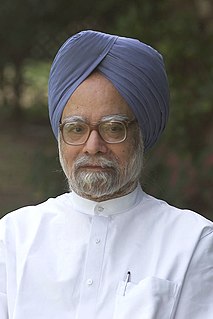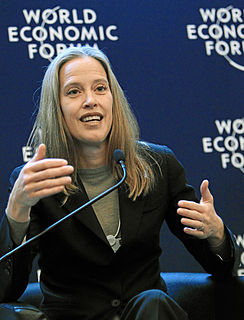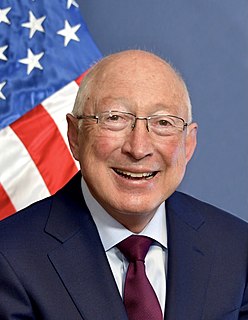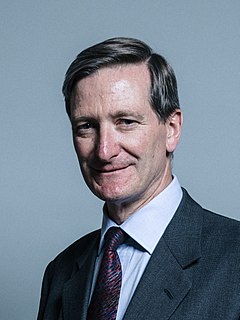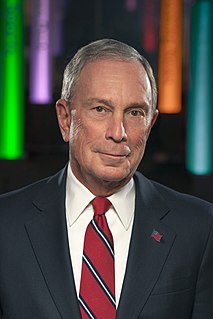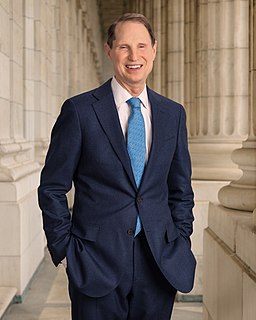A Quote by Shiv Nadar
The need is schools dedicated exclusively to the rural segment. If we have a child from a village and a city studying in the same class room, the former is bound to lag behind because children from the urban areas have a better start.
Related Quotes
I think what is true is that there's been an underlying division in the United States. Some of it has to do with the fact that economic growth and recovery tends to be stronger in the cities and in urban areas. In some rural areas, particularly those that were reliant on manufacturing, there has been weaker growth, stagnation, people feeling as if their children won't do as well as they will.


